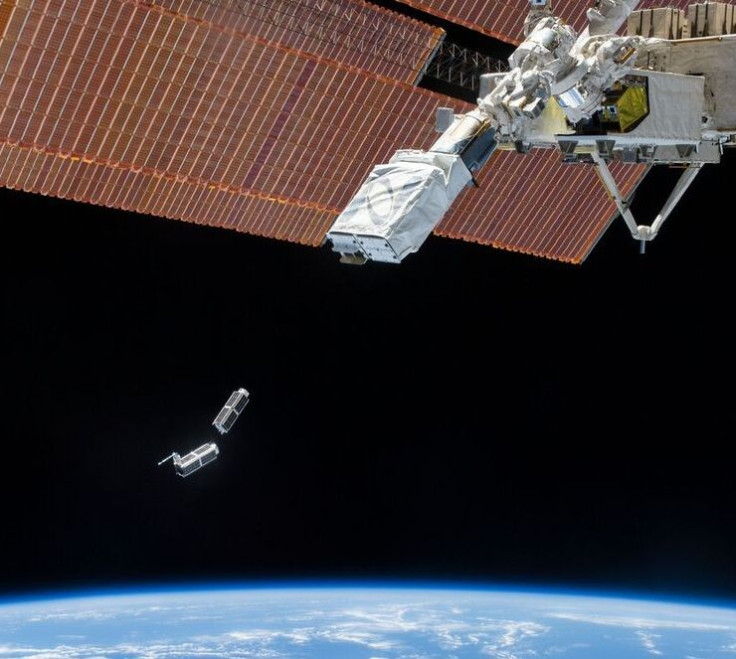World’s First Plywood Satellite Passes Stratosphere Test; Will Be Put Into Orbit In Fall
KEY POINTS
- The success of the mission could add wood as a possible outer space material
- Finnish writer and broadcaster Jari Makinen initiated the Woodsat mission
- Makinen is the co-founder of Arctic Astronauts
The world’s first satellite made out of plywood materials has passed the stratosphere test fight and will be flying the orbit this fall.
The satellite will be launched by a Rocket Lab Electron rocket berth in New Zealand before the end of 2021. The nanosatellite, dubbed as WISA Woodsat, is a 4-inch or 10-centimeter square satellite or CubeSat, CNET reported.
Woodsat is almost completely made of plywood materials. The only non-wood parts are the aluminum rails necessary for space launch as well as the extendable selfie stick aimed toward the satellite’s body, capturing everything that takes place in its wooden material.
Jari Makinen, a Finnish writer and broadcaster, initiated the Woodsat mission. He is also the co-founder of Arctic Astronauts, the maker of orbit-ready CubeSat replicas typically used for studying and hobbies.
Jari and his team ensured that the plywood satellite will have a better chance in orbit by running it through drying using a thermal vacuum. They also ran the Woodsat through a treating process by adding a very thin aluminum oxide layer used for encapsulating electronics.
The materials will naturally darken as it stays in the orbit but the team will be looking at any potential damages that could come along the way such as cracks.
On June 12, Arctic Astronautics witnessed how the Woodsat managed to ace the stratosphere test when it was launched from the Heureka Science Center in Vantaa, Finland. Riding a weather balloon, the plywood satellite, as well as the camera attached to it, completed the flight that lasted less than three hours with everything working as expected.
"The main goal of this short flight was to use the systems and camera equipment of the satellite in space-like conditions," according to Arctic Astronautics.
The European Space Agency (ESA) said it will provide the pre-flight testing for Woodsat. ESA will also monitor the plywood-made satellite by providing a tracking suite of experimental sensors.
Apart from successfully launching Woodsat to orbit, the mission’s primary goal is to monitor and see how the plywood material will stand the temperature variation, radiation and space vacuum. If Woodsat will do well in orbit as it did in the stratosphere test, this signals the beginning of using wood as a material in outer space, CNET added.

© Copyright IBTimes 2025. All rights reserved.



















